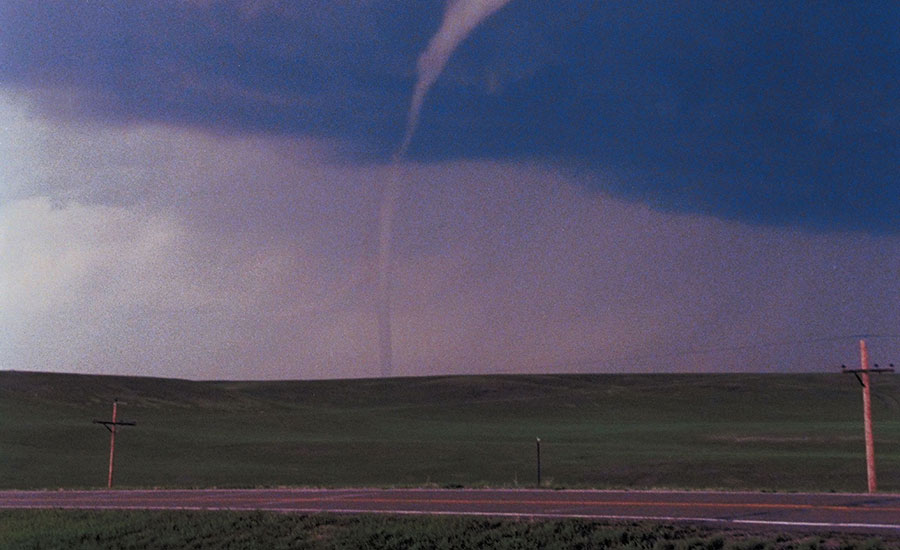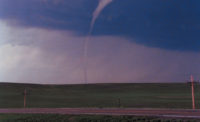Florida, Texas and California Most At-Risk States

A new report shows which states face the greatest threat from natural disasters.
States at Risk: America’s Preparedness Report Card, prepared by the States at Risk Project, a collaboration of ICF International and Climate Central, is designed to help provide a benchmark for states to assess risks and build and implement action plans to increase their preparedness levels.
The report provides a grade to each of the 50 states based on the unique profile of threats the state faces. Grades are based on both the magnitude of the current and future threat and the action states have taken to prepare for them relative to other states.
Report findings related to the risks states face from the threats of extreme heat, drought, wildfires, inland and coastal flooding include:
- Florida, Texas, and California are the most at risk states. Florida ranks first for both inland and coastal flooding threats and second in terms of extreme heat. Texas faces four threats and is first in extreme heat, drought, and wildfire. California faces all five threats. It ranks second in wildfire and inland flooding and third in extreme heat.
- The most pervasive threat to the 48 states in the continental U.S. is that of extreme heat – heat wave days are projected to more than triple by 2050 in every state except Oregon. This is particularly true in the southeast and Gulf Coast, where the annual number of days of dangerous heat are projected to skyrocket by 2050: nearly doubling in Texas, more than tripling in Louisiana and Mississippi and quintupling in Florida to a grueling 130 days a year, up from the current 26.
- A growing wildfire threat is concentrated in four states: Texas, California, Arizona, and Nevada, where more than 35 million people live in the high threat zone where wildlands and development converge. Florida, North Carolina, and Georgia combine for another 15 million people at risk. And, the threat of wildfire is growing in the Southeast: Alabama, Arkansas, Louisiana and Mississippi are all projected to face above average increases in threat level.
- Today, Texas faces the greatest summer drought threat. By 2050, however, nine states – Colorado, Idaho, Michigan, Minnesota, Montana, New Mexico, Texas, Washington and Wisconsin – are projected to have greater drought threat levels than Texas has today.
The report notes that not many states have taken sufficient action to prepare for future threats. Preparedness findings include:
- States are least prepared for extreme heat risk. All states in the continental U.S. face this threat, but only 14 percent are taking strong action to prepare.
- States are more prepared for coastal flooding than any other risk, but still only half of all coastal states are taking strong action to prepare for this risk.
- More than half of all states assessed have taken no action to plan for future climate-related inland flooding risks or taken action to address them.
- Only a small group of states – Alaska, California, Connecticut, Massachusetts, Maryland, New York and Pennsylvania – has taken strong action to prepare for future risks across the threats they face, including assessing future climate vulnerabilities and designing and implementing plans to address them.
Read the full report at http://www.statesatrisk.org/key-findings
Looking for a reprint of this article?
From high-res PDFs to custom plaques, order your copy today!





